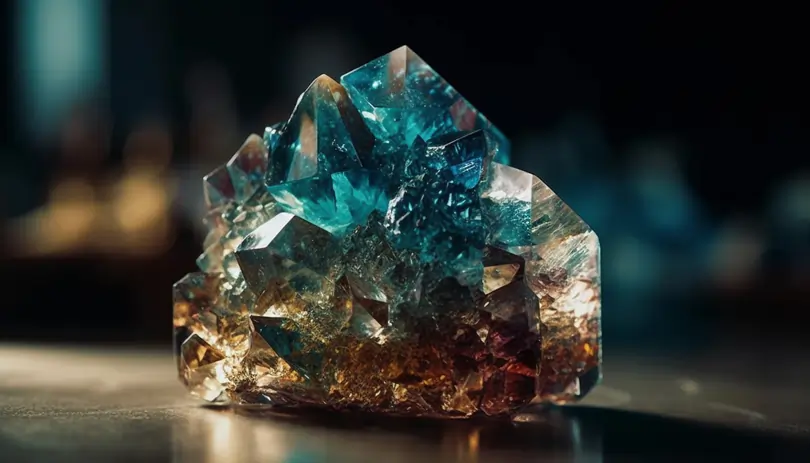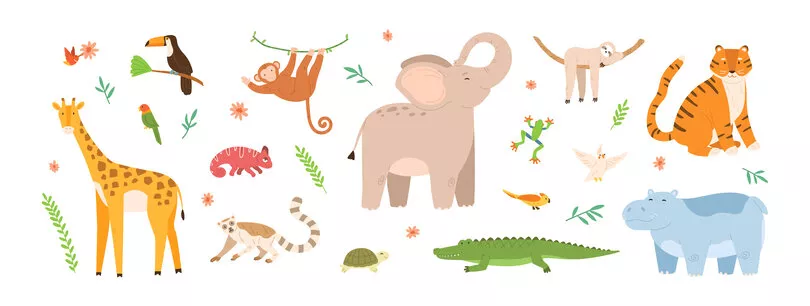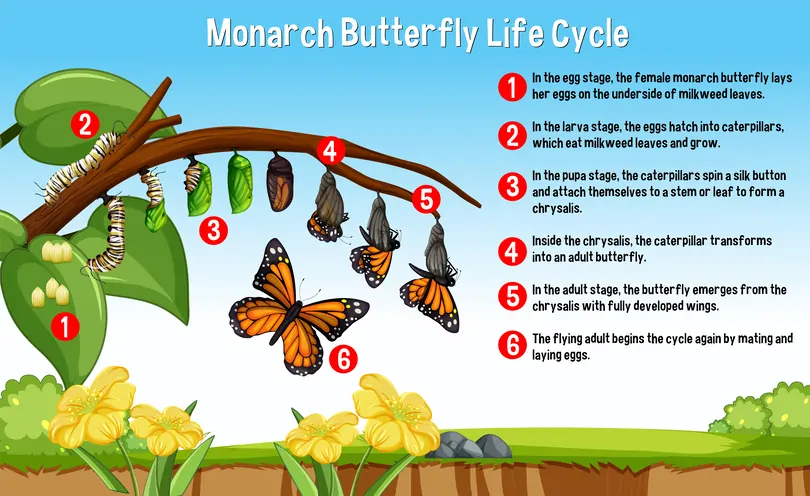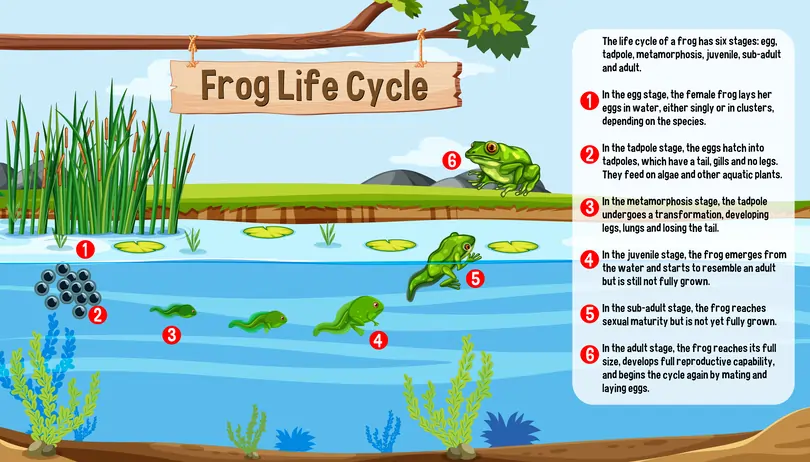A step-by-step guide to growing your own crystals at home: A fun science experiment

Are you ready to embark on a mesmerising journey into the world of crystals?
With this step-by-step guide, you'll discover the thrill of growing your own crystals right at home. From simple ingredients to stunning results, let's dive into the magic of crystal formation.
Understanding the science behind crystals
Crystals are solid substances characterised by a highly ordered atomic structure, resulting in distinctive shapes and properties. This orderly arrangement of atoms gives crystals their unique symmetry and clarity, making them objects of fascination for scientists and students alike.
Materials needed for making your own crystals
Gather your materials to kickstart this exciting venture.
Here's what you'll require:
- Salt or sugar: Select your preferred substance as the base for crystal formation. Both salt (sodium chloride) and sugar (sucrose) are commonly used due to their availability and ability to form well-defined crystals.
- Water: Opt for pure, distilled water to ensure optimal crystal growth. The absence of impurities in the water minimises interference with the crystallisation process, resulting in clearer and more uniform crystals.
- Glass jar or container: Choose a transparent vessel to serve as your crystal growth chamber. The transparency of the container allows for easy observation of crystal formation, enabling you to monitor the progress of your experiment with precision.
- String or stick: This will serve as a substrate for crystal growth. By suspending the string or attaching the stick to a small object, such as a paperclip, you create a surface for crystals to nucleate and grow.
- Food colouring (Optional): For those seeking to enhance the aesthetic appeal of their crystals, food colouring offers a creative opportunity to imbue them with vibrant hues. Adding a few drops of food colouring to the solution can result in crystals with striking colours, adding visual interest to your experiment.
Step-by-step guide to growing crystals
Now that you have assembled your materials, let's proceed with the step-by-step process of growing crystals:
- Prepare your solution: Seek assistance from a parent or adult for this step. Start by heating distilled water in a pan until it nearly boils. Slowly incorporate salt or sugar into the hot water, stirring constantly until the solute completely dissolves. This saturation process maximises the amount of dissolved solute in the solution under the current conditions.
- Optional: Add a splash of colour: If desired, inject a few drops of food colouring into the solution to infuse your crystals with vibrant hues.
- Create your seed crystal: To initiate the crystallisation process, carefully lower the string or stick it into the prepared solution, ensuring that it is fully submerged. As the solution cools, crystals will begin to form around the substrate, providing a foundation for further growth.
- Set up your crystal growth chamber: Pour the cooled solution into your glass jar or container. Submerge your seed crystal into the solution, ensuring it's suspended without touching the sides or bottom of the container.
- Exercise patience: Place your crystal growth chamber in a quiet and undisturbed location, away from direct sunlight and drafts. Crystals require time to grow, with the rate of growth influenced by factors such as temperature, concentration, and impurities in the solution. Exercise patience as you monitor the progress of your crystals, resisting the temptation to disturb the growing process.
- Observe and document: As the days pass, observe the gradual emergence of crystals within your growth chamber. Take note of any changes in size, shape, or colour, documenting the evolution of your crystals over time. This observational approach not only enhances your understanding of crystal growth but also provides valuable insights into the factors influencing crystallisation.
- Optional: Experiment with variables: For those inclined towards experimentation, consider varying the parameters of your crystal growth process. Altering factors such as temperature, concentration, and seeding techniques can yield diverse crystal structures and characteristics, allowing for a deeper exploration of crystallisation phenomena.
- Harvest your crystals: Once your crystals have reached the desired size and clarity, carefully remove them from the solution using tweezers or a similar tool. Rinse the crystals gently with distilled water to remove any residual solution or impurities, taking care not to damage their delicate structures. Your freshly harvested crystals are now ready for display or further experimentation, serving as tangible evidence of your successful crystal-growing endeavour.
Conclusion: Embrace the wonder of crystal growth
In conclusion, growing your own crystals is not only a captivating science experiment but also a journey filled with wonder and discovery. By following this guide, you'll unlock the secrets of crystal formation and witness nature's beauty unfolds before your eyes. So, gather your materials, set up your crystal growth chamber, and prepare to be amazed by the magic of crystal growth. Happy experimenting!
Turn Simple Experiments Into Big Discoveries at Geniebook CAMPUS
Learning Science becomes an adventure at Geniebook CAMPUS, where students dive into exciting experiments. Our interactive lessons combine hands-on activities with clear explanations to help children understand the fascinating processes behind scientific concepts.
With the guidance and support during the class, students learn faster and grasp it quickly; pupils not only learn the "how" but also the "why" of experiments, fostering critical thinking and a deeper appreciation for Science. Parents can also stay informed with detailed progress reports, and ability to track their child’s growth and engagement in learning.
Let your child experience the thrill of discovery and the joy of learning Science in a fun and engaging environment. Sign up now for a free trial class at Geniebook CAMPUS and see the difference interactive learning can make!


 SG
SG  VN
VN 



















